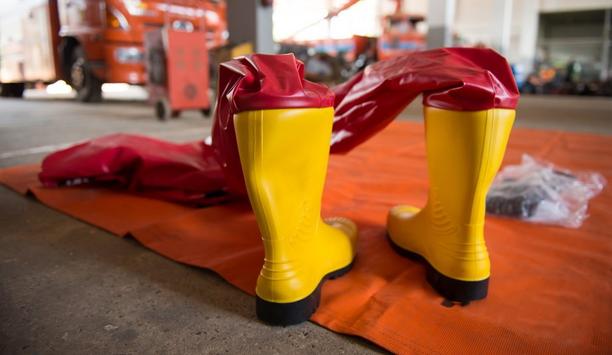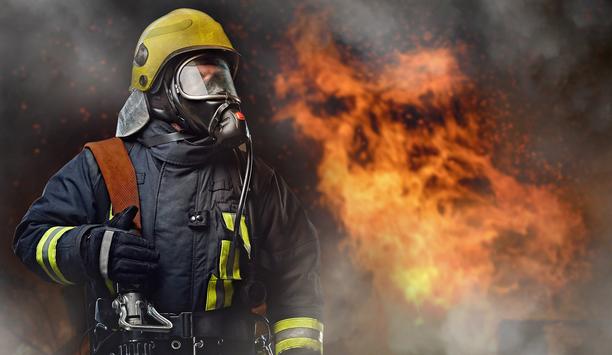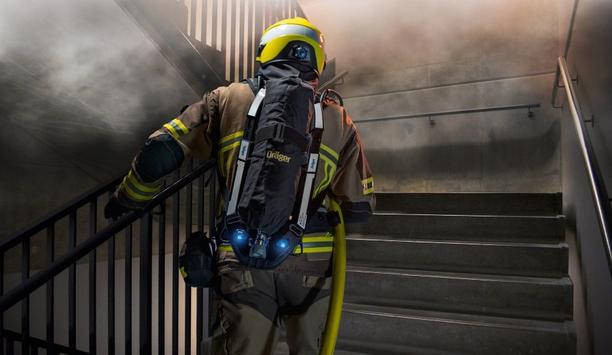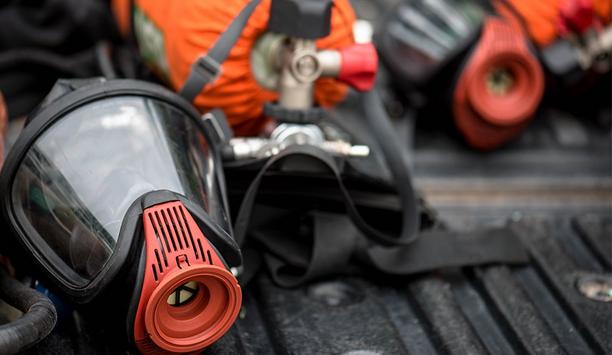There’s no doubt the Building Safety Act and Fire Safety Act are driving major improvements in the construction industry’s quality and approval processes. Although the initial focus of the legislation is on high-rise residential buildings, it’s predicted to be rolled out across the entire sector soon, tightening fire safety regulations in hospitals, hotels, and commercial offices and we await the rafts of secondary legislation that will really redefine the regulatory landscape.
Many fear that commercial real estate professionals will be unprepared for the higher levels of compliance required, by the incoming regulations. New requirements for competency, collaboration, and digitally presenting joined-up information will inevitably be imposed on architects, building inspectors, owners, and construction product manufacturers.
Fire regulations for commercial buildings
However, currently, fire regulations for commercial buildings remain lax and there’s ambiguity about what constitutes appropriate fire safety system management, as well as how to prepare for revised building and fire safety requirements, as they become available.
It’s all too easy to take a laissez-faire attitude, but adopting an ‘it will never happen to me’ approach is likely to lead to problems down the road, so contractors, asset owners and FMs alike need to get with the legislative program and fast.
Understanding of fire safety ratings for things to increase
If specifiers are cutting corners and installing inadequately rated products today, there will be very costly consequences later
It is certain that office interior specification, coupled with ongoing checks and a robust understanding of fire safety ratings for things, such as interior doors, panels and partitions is likely to be increasingly challenging going forward. Importantly, if specifiers are cutting corners and installing inadequately rated products today, there will be very costly consequences later.
As a result, it is advisable to go above and beyond current construction regulations, when specifying materials for commercial office interiors, in order to future-proof and keep occupants safe.
The Grenfell turning point
Grenfell was a wake-up call for the construction sector, particularly for construction product manufacturers and those involved in fire protection and fire testing. Before the tragedy, many believed their products were safe and their methods were flawless and tested according to official guidelines.
However, this terrible event compelled the industry to examine its manufacturing procedures, the efficacy, adequacy and relevance of testing and certification, as well as product performance claims made in marketing collateral. This re-evaluation, which found many parts of the specification process not fit-for-purpose, has, thankfully, culminated in a total cultural overhaul.
Asking important questions regarding building fire safety
Fundamentally, there was not enough questioning before Grenfell. Now, we’re re-thinking everything, asking ourselves: Are we doing things correctly? What’s the risk? How can we mitigate that risk?
Five years on, the interpretation of evidence, whether direct fire test evidence or third-party assessment, has become much more refined, and rightfully so. Designers and contractors are paying more attention to the evidence used to support proposed items and applications, while manufacturers are re-thinking their use of evidence, in line with post-Grenfell thinking.
Adequacy of test evidence
The adequacy of test evidence for a given application is now being scrutinized much more closely
The adequacy of test evidence for a given application is now being scrutinized much more closely, as are the testing methodologies. It now raises the important question: ‘Does this test accurately represent the effect in a real-world scenario?’
Unfortunately, the capacity to deliver on these questions is not matching good intentions. The rising need for test evidence of fire resistance rather than merely accepting an assessment has caused testing facilities to become overloaded, resulting in much longer wait times. Assessments are now heavily connected to appropriate fire test findings, which necessitate the gathering of evidence and a higher level of analysis, in order to provide assessments.
The entire process has become necessarily more complicated, but this has affected efficiency, something which will need to be addressed as construction output inevitably increases.
R&D cultivates innovation
Fortunately, there are solutions within reach, thanks to significant advancements in the development of fire-safe products and materials across the industry. There’s been an increase in project-specific developments, as suppliers collaborate with designers and fire regulatory organizations to share their expertise. As a result, rather than merely installing the best fit, projects are now specified with fully customized fire-rated systems.
Meanwhile, continuing R&D has led to many organizations looking ahead and anticipating shifting demands and trends in the built environment. It’s leading to additional testing and product development for applications that aren't already covered by existing technologies, and a commitment to the highest-quality fire solutions, meaning safer and higher-performance products.
Expertise and training are key
It’s important to note that choosing fire-rated products does not make the area fire-safe by default. Once the facility is in operation, a systems approach is needed to ensure that the installation and risk assessment of fire-rated products are periodically monitored.
 |
| Extensive training and CPD must be taken into account for specifiers |
Even the slightest modification to a fire-rated product, such as changing a glass door’s opening system, might compromise its integrity. It’s critical to completely understand the ins and outs of the product being defined, in order to ensure that it's used correctly. As a result, extensive training and CPD must be taken into account for specifiers and office building managers alike.
Increased training and CPD
Increased training and CPD will keep the industry on track to deal with the level of comprehensive knowledge necessary
Increased training and CPD will keep the industry on track to deal with the level of comprehensive knowledge necessary, specifying according to need and meeting the high standards of the near future.
Continued development of fire knowledge is crucial, as the latest high-performance glass doors in offices today are specialized pieces of technology and fire-rated systems behave very differently from other glass partitions or doors.
The design dilemma
Another significant challenge is incorporating fire safe components into a space without losing its aesthetic appeal, but remaining compliant.
Designers are increasingly aiming to open up space to bring in natural light and encourage a sense of well-being for the occupants, meaning walls that would previously have been solid are being specified as glazed. This means that large panels of glass, beyond the capacity of fire test facilities, must be handled sensitively and installed within a bespoke system. This necessitates close liaison with certification authorities to identify what can be assessed from the test evidence provided.
Of course, workplaces must be fire safe, look good, and feel pleasant to work in. The sheer complexity of the day-to-day office functionality is a difficult issue. Aesthetics are often a requirement that is added to the fire resistance of fire doors. But it’s often the case that suitably certified hardware simply doesn’t exist.
Glass office partition systems
Can fire safety and great design coexist in the office space? Yes, definitely.
Can fire safety and great design coexist in the office space? Yes, definitely. This is because, the latest glazed and sliding doors, adjustable ‘office pods’, and acoustically-optimized walls are all made with fire safety, sustainability, and elegant design in mind.
Many glass office partition systems allow natural light and air circulation to flow through the room, which helps to improve employee well-being and boosts performance.
Fire safety is of the utmost importance
Fire safety and design can harmoniously co-exist in an office space, but it comes down to managing expectations.
Fire safety is of the utmost importance, and as the requirements tighten, the commercial office industry will catch up with fire safety standards, testing and reporting regimes, and ongoing compliance. Fortunately, fantastic fire-resistant workplace solutions are entering the market, built for safety, flexibility, and aesthetic appeal.







